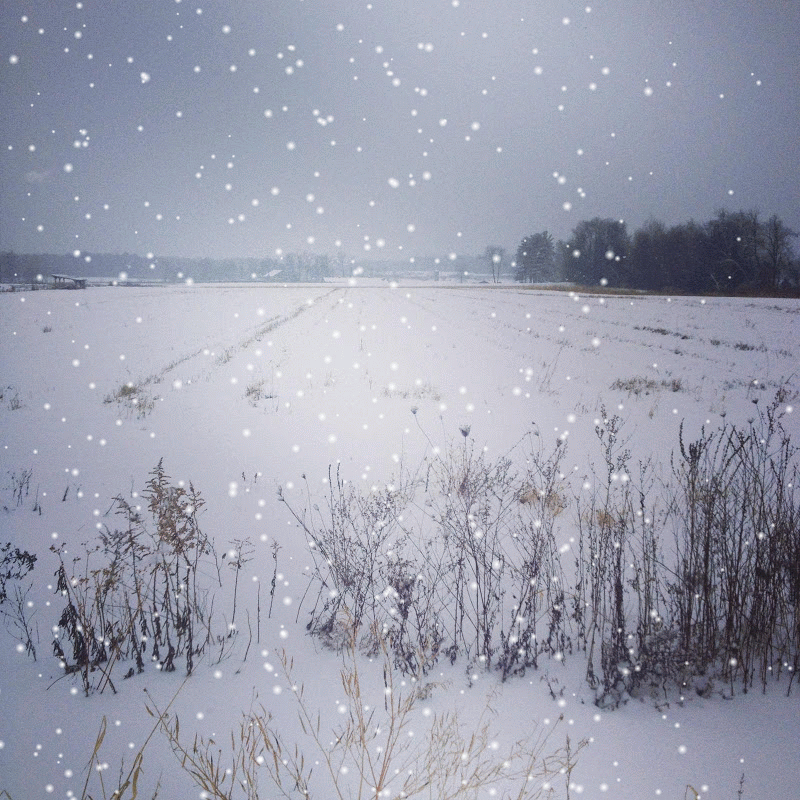How to Build a Terrarium
When I was a little girl, my mother kept a terrarium in our home. It always intrigued me; seeing plants growing inside a glass tea kettle was really cool. It was like a miniature rainforest! Terrariums are a great way for those of us who are busy to have lush plants in our homes without having to remember to care for them so often. As the plants in the terrarium transpire, the moisture collects on the sides of the terrarium (condensation) and flows back down to the soil.
A terrarium is basically any enclosed or partially enclosed clear container which houses its own micro-ecosystem of plants, and sometimes animals too, such as small lizards or turtles. For our purposes here, I will focus on plant terrariums. You can use any clear container of plastic or glass, such as an aquarium or fish bowl, a hurricane jar, bottles or glassware. Be creative and look around your home before you spend money. Chances are you’ll find something. You will also need small pebbles, gravel or coarse sand (NOT beach sand) for drainage, clean, fresh potting soil, a collection of carefully chosen plants, some sphagnum moss and finally, activated charcoal, like you would use in an aquarium filter. Fertilizer is not necessary as we don’t want the plants to outgrow their surroundings. Be sure all items are clean and free of disease or bacteria. Wash your container and drainage medium with hot water and air-dry. If you are using any materials to decorate with, such as larger stones or wood, you should rinse those items with hot water as well. Also be sure your plants are free of disease and insects.
To begin, place about one to three inches of sand or gravel (depending on the size of your terrarium) evenly across the bottom of the container. Next, add an even layer of activated charcoal. This will serve to minimize odors from decomposition as the terrarium establishes itself. Next cover both layers evenly with a thin layer of sphagnum moss. This will keep your potting soil from spreading into the drainage layer and interfering with proper drainage. The last layer is your potting soil. This should be fresh and sterile, as you don’t want to introduce any possible diseases to your new plantings. You can purchase special terrarium soil, or just add one part coarse builder’s sand and one part humus to your usual potting mix. Be sure to add extra sand if you are creating a desert type terrarium.
Whatever plants you choose, you’ll want to be sure they are of compact growth habit and compatible; they should have the same lighting, humidity and water requirements. Having plants of differing heights and textures adds interest to your terrarium. Plant them evenly spaced apart and away from the sides of the container. Do not place your terrarium in direct sunlight as it will overheat. Mist the sides of the container after planting to clean any stray soil and water the planted soil lightly. Cover your terrarium and watch it for signs of dryness. If the soil seems dry, add a little more water. If you are seeing large droplets of water on the walls of the terrarium, then open the lid to avoid excess moisture from accumulating in the soil. If at some time later in your terrarium’s life, the plants look like they are lacking nutrition, provide a weak solution of houseplant fertilizer for them.
Over time, you may need to replace some plants if they become too big or die off, but all in all, your terrarium should provide many years of enjoyment with little care.




Comments
Post a Comment
Thank you for your comment! We appreciate them all and will publish your comment shortly. Thanks for visiting!